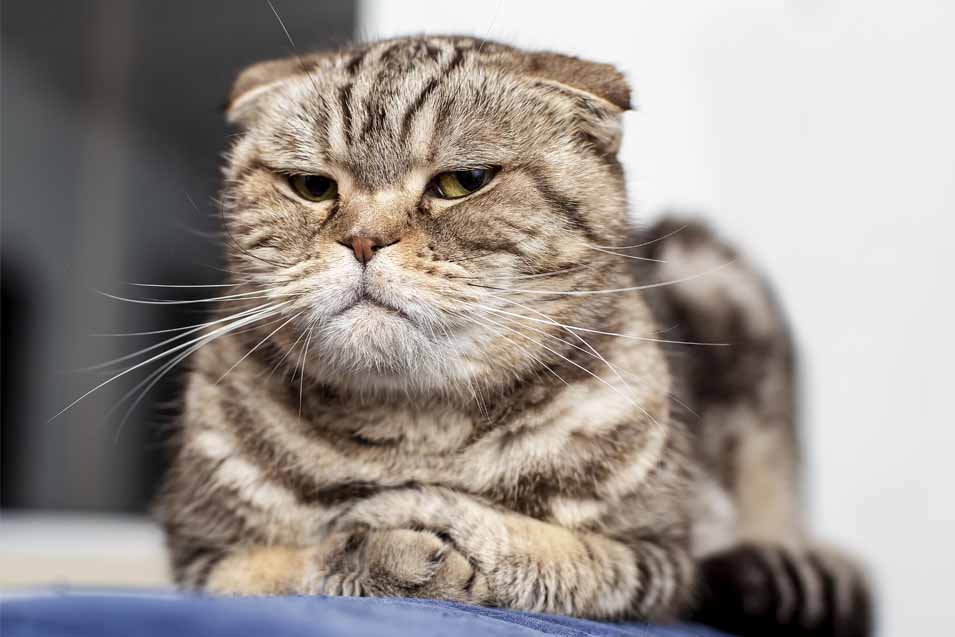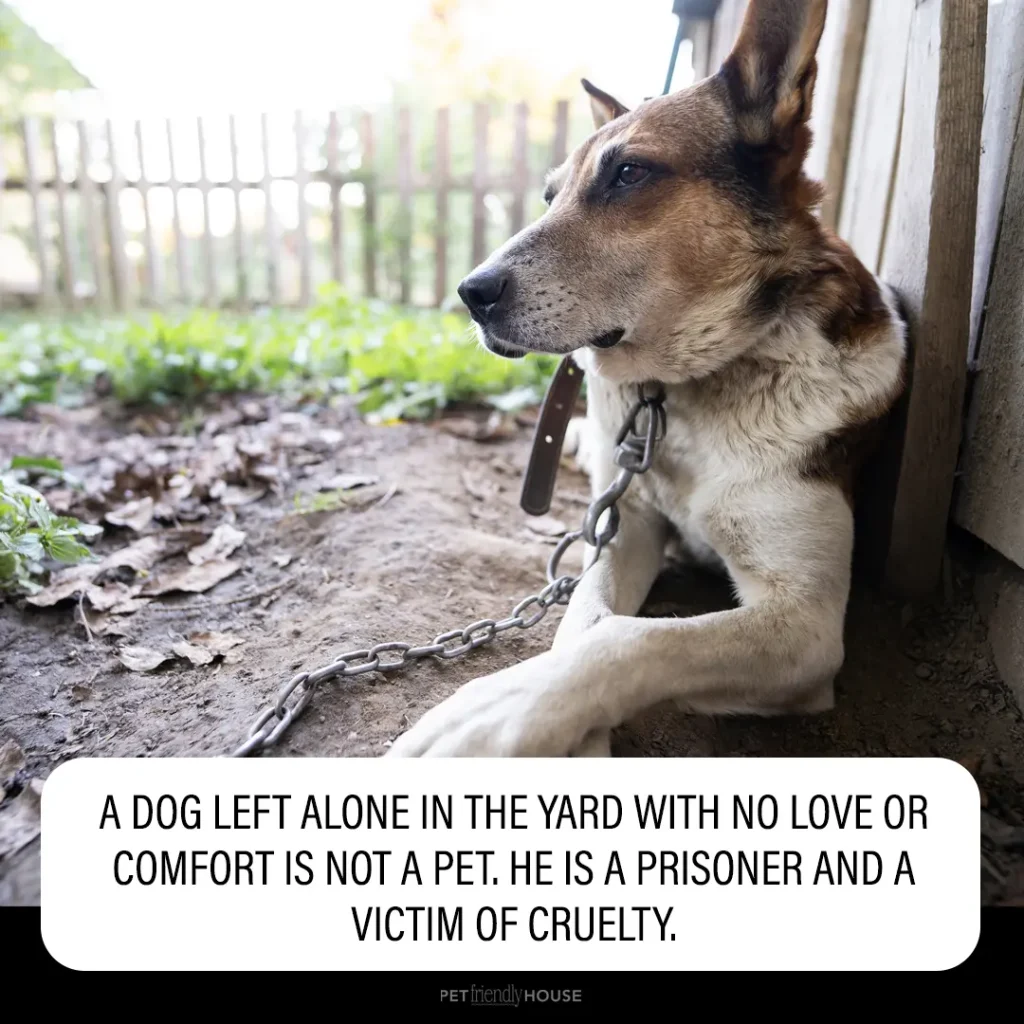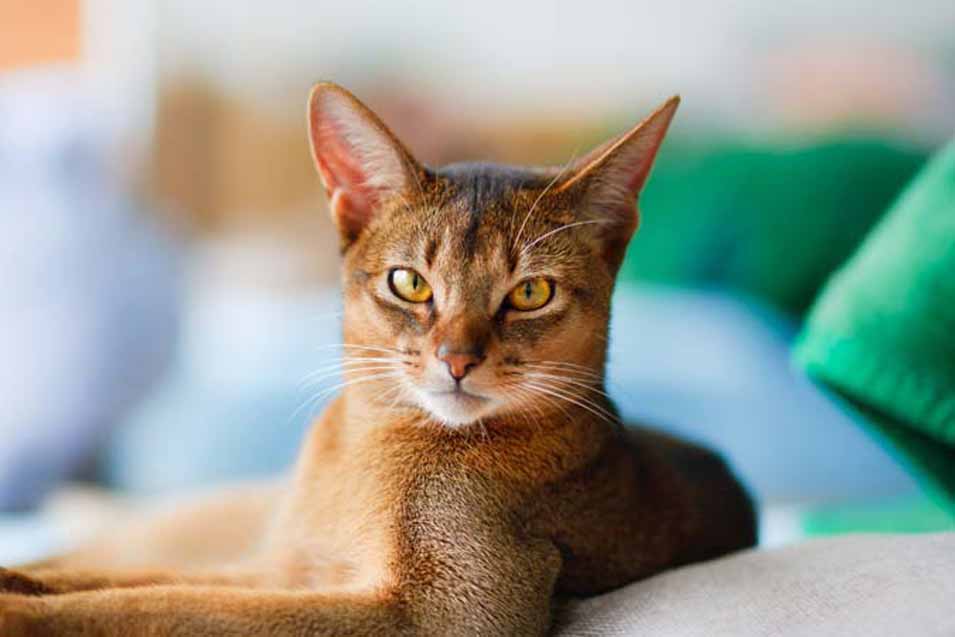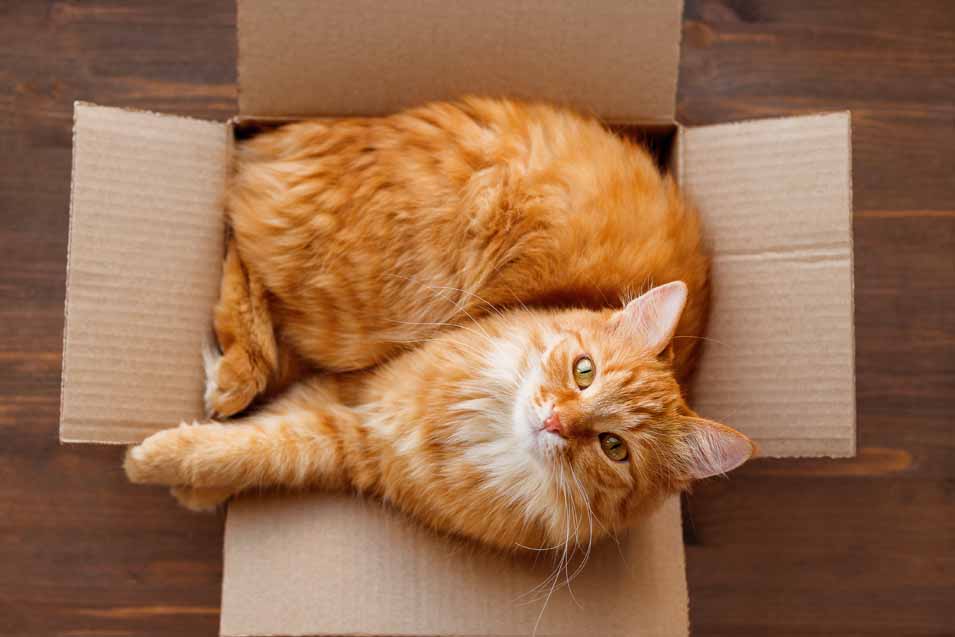The taxonomy of many species changes every year, as biologists find new and related species and change their name or relation between one another. But are all cats from the same species?
We’re answering this question in this post, along with other curiosities such as where our house cats historically come from, what their closest feline relatives are, and more.
Are All Cats the Same Species?
The Felidae family, which the common house cat is a member of, can be split up into three genera:
- Acinonyx (Cheetahs, cougars, etc)
- Felis (small cats, including today’s house cat)
- Panthera (cats that roar, such as lions, leopards, jaguars, tigers, and more)
This classification has yet to be changed as there have been scientists according to whom it would be more correct to create eight genera based on the physical features of the cats included in the family.
But to give a short answer to the question, yes, all house cats are from the same species. The scientific name of the house cat is Felis catus.
Which One of These Species Are House Cats Related To?
As small and cute as your feline friend might look, the truth is that she is closely related to other obligate carnivores, meaning large predators such as tigers.
However, one of the closest relatives of our cats nowadays is the wildcat, whose scientific name is Felis silvestris. It’s known as the European wildcat, and it tends to live in forests and in the mountains.
Felis silvestris is more common in areas such as Turkey and the Caucasus, but it can still sometimes be seen in Scotland, even nowadays. Unfortunately, it is no longer present in other parts of the United Kingdom, such as Wales or England.
How Did the Felis catus Genus Evolve over Time?
As you can expect, our feline buddies didn’t always look the same, and they weren’t always domesticated. It’s true that due to their smart nature, they seemed to understand that they had a higher chance of finding food around areas that humans had occupied, so being friendly and sticking around paid off quite well.
Although fossils of humans and cats were found in the same places even from prehistoric times, the first documentation of the domestication of Felis catus is from about 3,600 years ago, in Ancient Egypt.
However, the cats that were discovered in many tombs along with their owners were part of the Felis silvestris lybica genus, so they weren’t completely domesticated at that time. Cohabitation with humans led to the existence of what we now call the modern house cat.
One of the oldest records of domestication is said to be a tomb that was found in Cyprus and that apparently originates from some 9,500 years ago – so it seems that not only the Egyptians appreciated this lovely species.
What About House Cats? What Origin Do They Have?
From a genetic standpoint, modern house cats’ DNA is practically the same as that of the Felis silvestris lybica, so their so-called parents are the cats that Egyptians used to own.
There are many small cats whose DNA resembles or is identical to that of the European wildcat and also to other genera present in Southern Africa or Central Asia.
What’s fascinating about the primary ancestor of the modern house cat is that it didn’t become extinct, like the ancestors of so many other species that we know today. In fact, Felis silvestris lybica lives on and can be seen in some parts of Africa, but also in Western and Central Asia (from India to China).
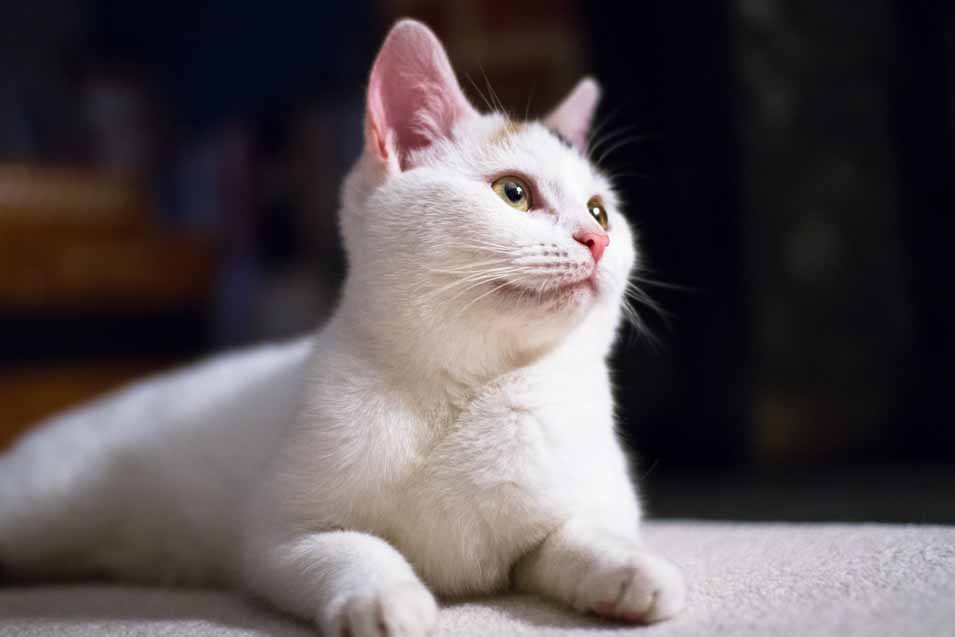
Why Is the Appearance of House Cats so Diverse?
Every cat lover knows that cats can vary a lot in terms of weight, body build, height, and a lot of other such details that relate to their appearance.
It is practically impossible to compare a Maine Coon with a Munchkin, not that they would not be related to each other genetically, but they appear to be so unique that they don’t look like they are members of the same species.
Unfortunately, people weren’t historically intelligent enough to keep track of the changes that the house cat underwent, and the immense variety that we can see today in this species is also a result of unknown yet selective breeding.
Some cats were bred by their owners from ancient times, either because they were friendlier or because they were better hunters, so they could keep homes vermin-free easier.
It wasn’t until the end of the 19th century that people began breeding cats for their appearance alone, and we all know what happened next – many cat breeds became predisposed to certain genetically transmitted conditions since only their ‘design’ mattered when being bred, not their health.
Regardless of their appearance, all modern house cats are the same species.

